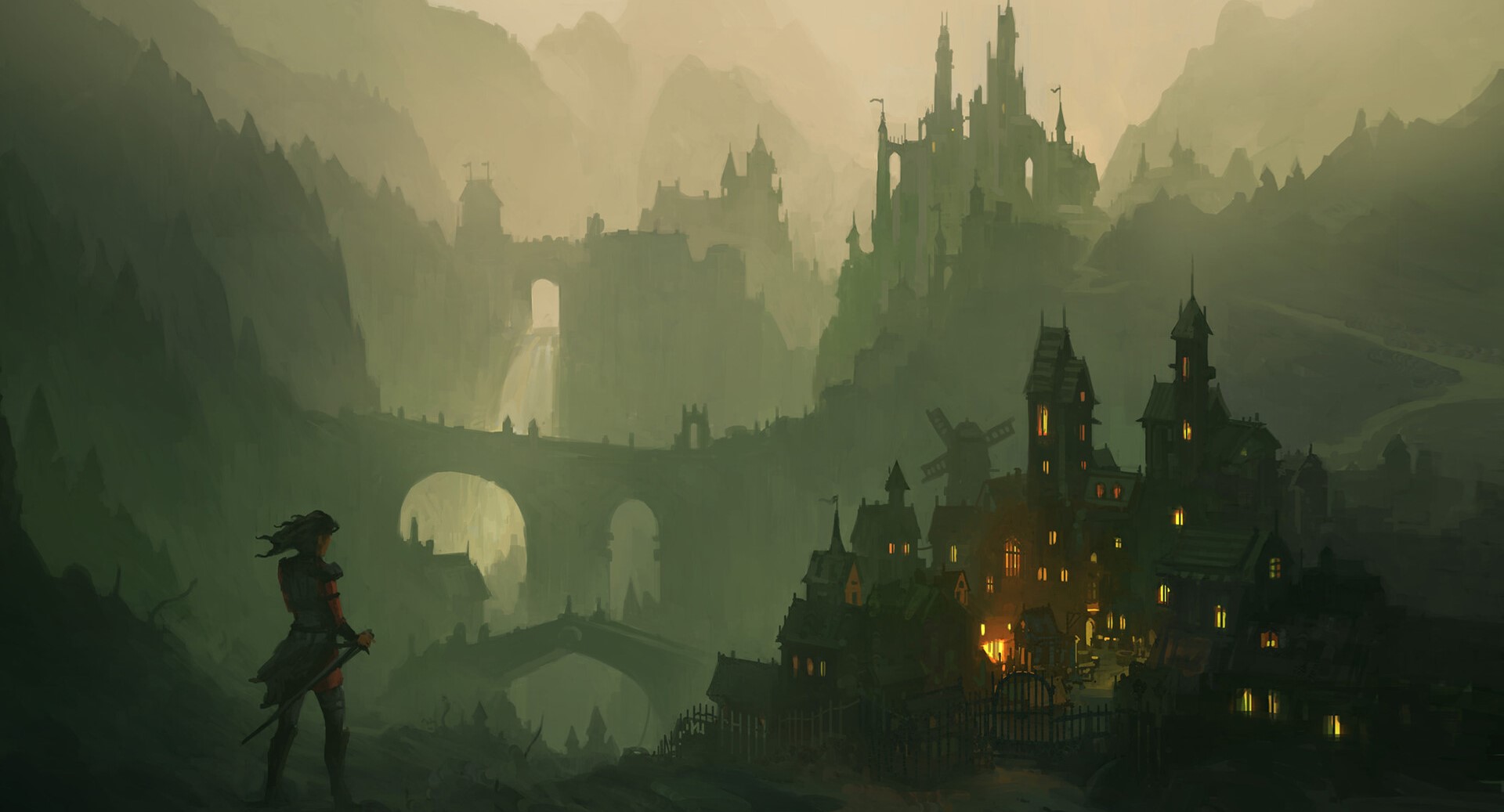Castinellan
the people of Castinella are mostly Caucasian but tanned while the most southern humans tend to have brown skin. besides humans Gnomes, Dragonborn and Halflings are the biggest minorities spread in Castinella.
the Castinellan society is highly religious and tends to a militaric fanaticism towards Empyreus and the Inquisition.
the Society of Castinella is similiar to spanish culture Considering the names of the people or the names of cities.
Naming Traditions
Feminine names
María, Catalina, Isabe, Ana, Juana, Francisca, Beatriz, Inés, Leonor, Mencía, Elvira, Luisa, Teresa, Antonia, Margarita, Mariana, Lucia, Marina, Quiteria, Constanza, Juliana, Magdalena, Mayor, Sancha, Agueda, Andrea, Angela, Antona, Barbola, Clara, Costanza, Cristina, Damiana, Floriana, Jerónima, Melchora, Olall, Susana, Ursula, Violante
Masculine names
Agustín, Alonso, Alvaro, Andrés, Antón, Antonio, Baltasar, Barros, Bartolomé, Bastía, Bautista, Benito, Bernardino, Blas, Carlos, Cosme, Cristóbal, Diego, Domingo, Esteban, Eyague, Felipe, Francisco, Frutos, Gabriel, Garci, Gaspar, Gines, Giraldo, Gonzalo, Gregorio, Guillen, Hector, Hernán, Hernando, Jaime, Jerónimo, Jorge, Jose, Juan, Lope, Lorenzo, Lucas, Luis, Manuel, Marcos, Martín, Mateo, Matias, Melchor, Mergildo, Miguel, Nicolas, Pablo, Pascual, Pedro, Rodrigo, Salvador, Sancho, Santiago, Sebastian, Simón, Tomás, Tomé, Truylos
Family names
Aguado, Alcaçar, Almayda, Aragones, Banega, Barbero, Bretanzos, Carperon, Cavallero, Çenturion, Cintero, Colmenares, Comete, Escalante, Escalera, Fontesar, Galiano, Galvan, Garavito, Maderuelo, Maldonado, Mondexar, Mondragon, Natalez, Ortelano, Osorio, Pedrosa, Pereyra, Quexada, Raçoso, Raso, Sarmiento, Serrano, Sesto, Soler, Symilor, Texera, Texeda, Tejeda, Texeyra, Valera, Vanegas, Velez, Venegas
Culture
Culture and cultural heritage
When they are not fighting for the greater good, Castinellans are eager to celebrate. They have many occasions, and many ways, to do so—be it the birth of a child or the end of a werewolf hunt, they rejoice and feast, sometimes for several days. Music and dance are always a major part of the celebrations, even if bound by rigorous customs. The musicians are exclusively males while the women enthrall the public with frenzied dances around a huge fire. Such is the way of things in Castinella, even in these dark times when spellcasters are persecuted without mercy. But for those who show no sign of magical impurity and who respect the Castinellan customs, there is always a place around the fire.
Shared customary codes and values
Before the unification, Castinellans were quick to declare war on their neighbours over almost any
provocation or pretext. In proclaiming his new faith, Sagrado Valieda achieved the considerable
feat of channeling Castinellans’ desire for war in one unique direction: the Righteous War, fought
for a greater cause. Knowing their people could not become peace-loving overnight, Valieda and
the clergy carefully crafted rules under which war would be waged. In fact, every form of law
enforcement or other violent action became subject to detailed regulations. By creating a legal
framework for violence, they bound and justified violence with higher ideals. This permitted them
to easily subdue rebellions during the unification, declaring righteous war upon whomever dared to
rise against the words of the clergy.
Coming of Age Rites
Each Castinellan at the age of 16 is expected to serve two years in at least two different army corps,
ensuring flexibility when reorganising troops during long military campaigns. Moreover, this distributes seasoned soldiers throughout the Castinellan armies, further enhancing their resilience.
Common Taboos
after the unification, violence became a more regulated component of life in the Castinellan
Provinces. Any act of war had to be supported by the clergy, who more often than not sent a group
of Inquisitors to investigate the real motives of the belligerents. This slowed the outbreaks of violence, as those who dared to go against the sacred law were excommunicated and their
property confiscated by the Empyreus clergy. The disgraced were allowed to fight the Righteous
War against the blasphemous in order to end their unworthy lives and seize their lands and goods for the benefit of Empyreus.
Historical figures
The Unifier - Montego Valieda
Related Organizations



Comments